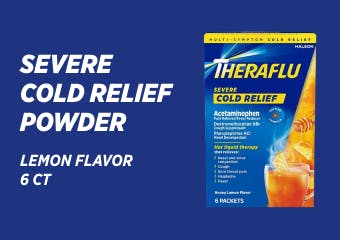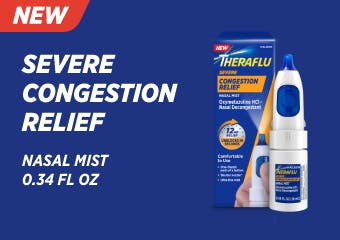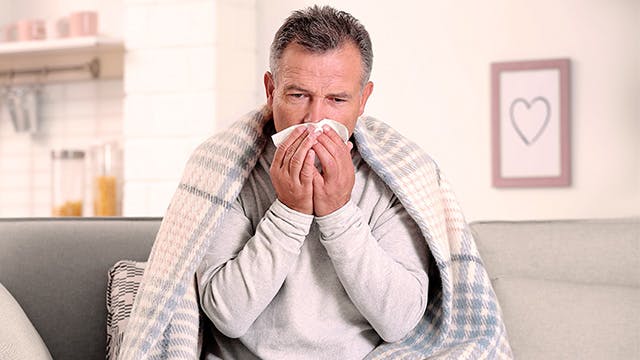You’re dehydrated.
Not drinking enough fluids can not only worsen your symptoms, it can also cause other health issues. It’s important to stay hydrated everyday but especially when you’re sick. You might not physically feel like getting up to go get a glass of water when you’re sick, but dehydration can begin even if you don’t feel thirsty.6
Dehydration can make your throat drier than the cold virus does on its own. If you haven’t been drinking enough water, start slowly. Sip on the water instead of chugging it. Try to find water, or another fluid, that has electrolytes in it because electrolytes hydrate the body as well.6
You’re using the wrong method to ease your symptoms.
There are several methods you may come across in your local drug store that can weaken the symptoms of your cold, but which ones are the best? It’s important to remember that antibiotics fight off bacteria, not cold viruses. Hence, they won’t be of help in relieving your cold symptoms.
Instead, you may want to take over-the-counter medications, like Theraflu products, that include active ingredients to help relieve your cold symptoms. These products include ingredients, like acetaminophen, that reduce pain from headaches and cool your body’s temperature to help reduce fevers.5 Acetaminophen also relieves the minor aches and pains from colds and sore throats.
There’s not enough moisture in the air.
With low temperatures in the wintertime, there’s less moisture in the air. More moisture is also leaving your body because of the cold weather.3 This causes your skin to be drier, your nose pathways to dry up, and your throat to be parched. An easy fix that moisturizes the air is to invest in a humidifier. The air in your home should contain an average level of 30 percent to 50 percent humidity.3 A low cost alternative is to place small bowls of water around your home, and as the water evaporates, it will add moisture to the air.
It’s not a cold.
There are many illnesses that resemble the common cold because they have similar symptoms. You might think you have a cold, but if you have a headache, sore throat, runny nose, or a cough that won’t go away, you might have another wintertime sickness like pneumonia or bronchitis.1 If you’ve tried the above methods, and your symptoms persist for more than 10 days, you should consult with your doctor. Your doctor will verify that you have a cold and the other steps you can take to ease your symptoms.2
Try these different at-home methods to relieve the symptoms of your cold. While there’s no cure for a cold, you can lessen your symptoms in a timely manner if you’re taking care of yourself.4 Be sure to get lots of rest and drink plenty of fluids to help give your body the ammunition it needs to fight the cold. Stay away from others as much as possible—whether they’re sick or healthy. Fix yourself a warm and soothing cup of Theraflu for powerful cold symptom relief. And if symptoms persist, be sure to consult your doctor for the best course of action.





